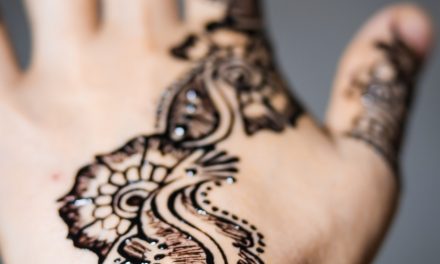Using henna for hair coloring is a natural and popular method to achieve reddish or copper tones. Here is a step-by-step guide on how to use henna for hair coloring:
1. Choose High-Quality Henna Powder: Start with high-quality henna powder made from pure Lawsonia inermis leaves. Ensure that the henna powder is fresh, free from any additives or contaminants, and suitable for hair use.
2. Prepare the Henna Paste: In a non-metallic bowl, mix the henna powder with a liquid medium to create a paste. The liquid medium can be warm water, lemon juice, or strong tea. Gradually add the liquid while stirring until you achieve a yogurt-like consistency. Cover the bowl with plastic wrap and let the henna paste sit for a few hours or overnight for dye release.
3. Protect Your Skin and Clothing: Apply a layer of petroleum jelly or a thick cream around your hairline, ears, and neck to protect your skin from staining. Wear old clothing or use a protective cape to prevent henna stains on your clothes.
4. Apply the Henna Paste to Your Hair: Put on gloves to protect your hands from staining. Divide your hair into sections and start applying the henna paste from the roots to the ends using your hands or a hair dye brush. Make sure to fully saturate each section, massaging the henna paste into your hair to ensure even coverage.
5. Cover and Wait: Once you have applied the henna paste to your hair, cover your hair with a shower cap or plastic wrap to create a warm environment. Leave the henna paste in your hair for at least 2-4 hours to allow the dye to develop and penetrate the hair shaft. For more intense color, you can leave it on overnight.
6. Rinse and Condition: After the desired waiting time, rinse your hair thoroughly with warm water until the water runs clear. Avoid using shampoo during the initial rinse. Apply a conditioner to help remove any remaining henna residue and make your hair soft and manageable. Rinse your hair again with cool water.
7. Post-Color Care: For the first 24-48 hours after henna coloring, avoid washing your hair with shampoo to allow the color to fully set. Over time, the henna color will deepen and settle, so be patient and wait for a few days before evaluating the final color result.
It’s important to note that henna is a permanent hair dye, and its color is not easily reversible. Therefore, it’s recommended to perform a strand test before applying henna to your entire head of hair to assess the color outcome and compatibility with your hair.
Additionally, henna is primarily effective for adding red tones or enhancing existing red or copper hair colors. It may not be as effective in covering gray hair or producing drastic color changes on naturally dark hair.





